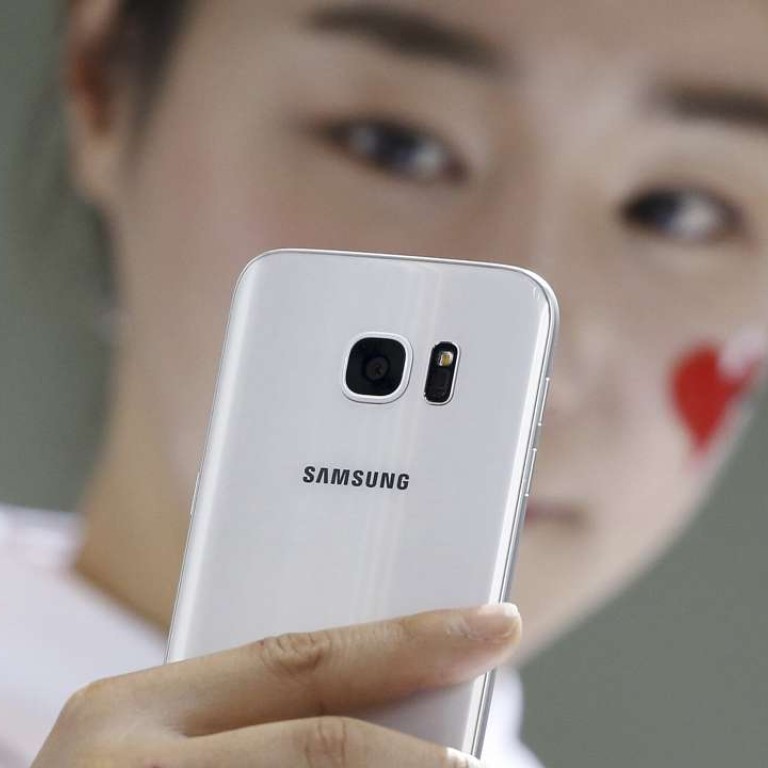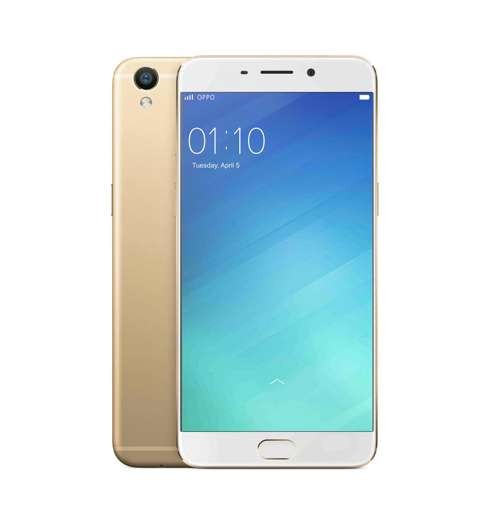
Move over, Xiaomi – Oppo and Vivo join charge of the Chinese smartphone brigade
Two new brands among top five global makers of smartphones in first quarter of 2016, behind Samsung, Apple and Huawei, as keenly priced premium Chinese handsets make market inroads
Three of the five largest smartphone makers in the world are now Chinese – and two are newcomers whose names will be unfamiliar to many people outside China.
Samsung was still number one for global shipments in the first quarter of 2016, a report this week by research firm International Data Corporation (IDC) showed. The South Korean giant shipped 81.9 million units, maintaining its lead over US-based Apple (51.2 million). Next came China’s Huawei, which cemented its hold on third place, shipping 27.5 million mobile handsets, followed by new entrants Oppo (18.5 million) and Vivo (14.3 million).
The IDC report also showed the global smartphone market saw record-low growth of 0.2 per cent compared with the first quarter of 2015, with shipments totalling 334.9 million units.

Analysts say the key to Chinese manufacturers’ success is their ability to produce high-performing smartphones with premium design at prices which don’t break the bank.
“Along China’s maturing smartphone adoption curve, the companies most aligned with growth are those with products serving increasingly sophisticated consumers,” says Melissa Chau, senior research manager for IDC’s “Worldwide Quarterly Mobile Phone Tracker”.
Huawei P9 debuts in London with dual camera lens, reinvents smartphone photography in collaboration with Leica
“Lenovo benefited with ASPs [average selling prices] below US$150 in 2013, and Xiaomi picked up the mantle with ASPs below US$200 in 2014 and 2015. Now Huawei, Oppo and Vivo, which play mainly in the sub-US$250 range, are positioned for a strong 2016,” Chau says.
Xiaomi, a Chinese phone maker known for its affordable models, previously held fifth position but dropped out of the top five, overtaken by the lesser-known brands Oppo and Vivo.

Chau says the new entrants would be well advised not to rest on their laurels “as this dynamic smartphone landscape has shown to even cult brands such as Xiaomi that customer loyalty is difficult to consistently maintain”.
Hundreds of Chinese smartphone brands dying as Huawei, Xiaomi and two top rivals occupy half of domestic market
Oppo is the sole shareholder of OnePlus, a smartphone maker launched in 2013 that claims to offer high-end, well-designed models at prices lower than rivals. The company is known to maintain a good relationship with its users and developers, allowing them a great amount of influence over their frequent updates, and has shown itself to be extremely agile. With features such as rear touchpads and swivel cameras, it is now actively expanding its reach outside the Chinese market.

Vivo combines simple but sturdy metallic design with budget prices, and while most of its sales come from China, it has begun a strong push into the world’s second most populated country – India. This is significant in that it is the same market that Xiaomi failed to make an impression on, especially after it was found infringing an Ericsson patent in 2014, a development that reportedly forced Xiaomi to return 100,000 of its Redmi Note 3 models to their point of origin, Hong Kong.
According to IDC, Oppo saw 153 per cent growth in shipments to grab a 5.5 per cent share of the smartphone market. Vivo meanwhile posted a growth in shipments of sales 123 per cent, for a 4.3 per cent share.

“Outside of China, many of these brands are virtually unknown and the ability of these rapidly growing Chinese vendors to gain entry into mature markets such as the United States and western Europe will be essential if they have aspirations of catching Apple or Samsung at the top,” says IDC analyst Anthony Scarsella.
Until recently, much of the growth in global smartphone sales has come from China. But IDC says Chinese smartphone sales grew only 2.5 per cent in 2015.
The latest figures underscore a shake-up in a market that is showing signs of saturation in many places around the world and which is putting pressure on some well-known vendors.

Samsung had a market share of 24.5 per cent, even though its sales dipped 0.6 per cent year on year, while Apple stayed at number two with a 15.3 per cent market share; its worldwide sales fell by 16 per cent compared with a year earlier.
Huawei’s 58 per cent sales boost from a year ago helped lift its market share to 8.2 per cent, the survey found.

Meanwhile, global sales of tablet computers extended their slide in early 2016, although there were some bright spots at the low end of the market and for more expensive “detachables”, according to the IDC.
Overall, sales of tablets fell 14.7 per cent in the first quarter to 39.6 million units, continuing a downward trend from 2015 when the formerly hot market cooled.
Apple remained the top seller with a 25.9 per cent market share, even though its iPad sales slumped 18.8 per cent from a year ago. Samsung held the number two spot with a 15.2 per cent market share, even as sales tumbled 28 per cent. Amazon jumped to number three, as its low-cost Fire tablets, with prices as low as US$50, saw a surge in sales.
Easy to swallow: Amazon launches ultra-cheap US$50 tablet, available in six-packs
While Amazon does not publish sales figures, IDC estimated it sold 2.2 million tablets in the quarter, a leap of 5,400 per cent from a year ago, giving Amazon a 5.7 per cent market share.
Lenovo and Huawei were fourth and fifth, with market shares of 5.5 and 5.2 per cent respectively.
IDC says the “slate” tablet still accounted for 87.6 per cent of the market in the past quarter but that sales of laptops with detachable tablets more than doubled to 4.9 million units.
“The introduction of detachables from traditional smartphone vendors is only beginning, and poses a real threat to traditional PC manufacturers,” says Jean Philippe Bouchard, research director for tablets at IDC.
“Their understanding of the mobile ecosystem and the volume achieved on their smartphone product lines will allow them to aggressively compete for this new computing segment.
“It is likely that those smartphone vendors will utilise the detachable segment to create new mobile computing end-user experiences if customers are using their detachables in combination with their smartphones.”
Additional reporting by Eric Wong and AFP

